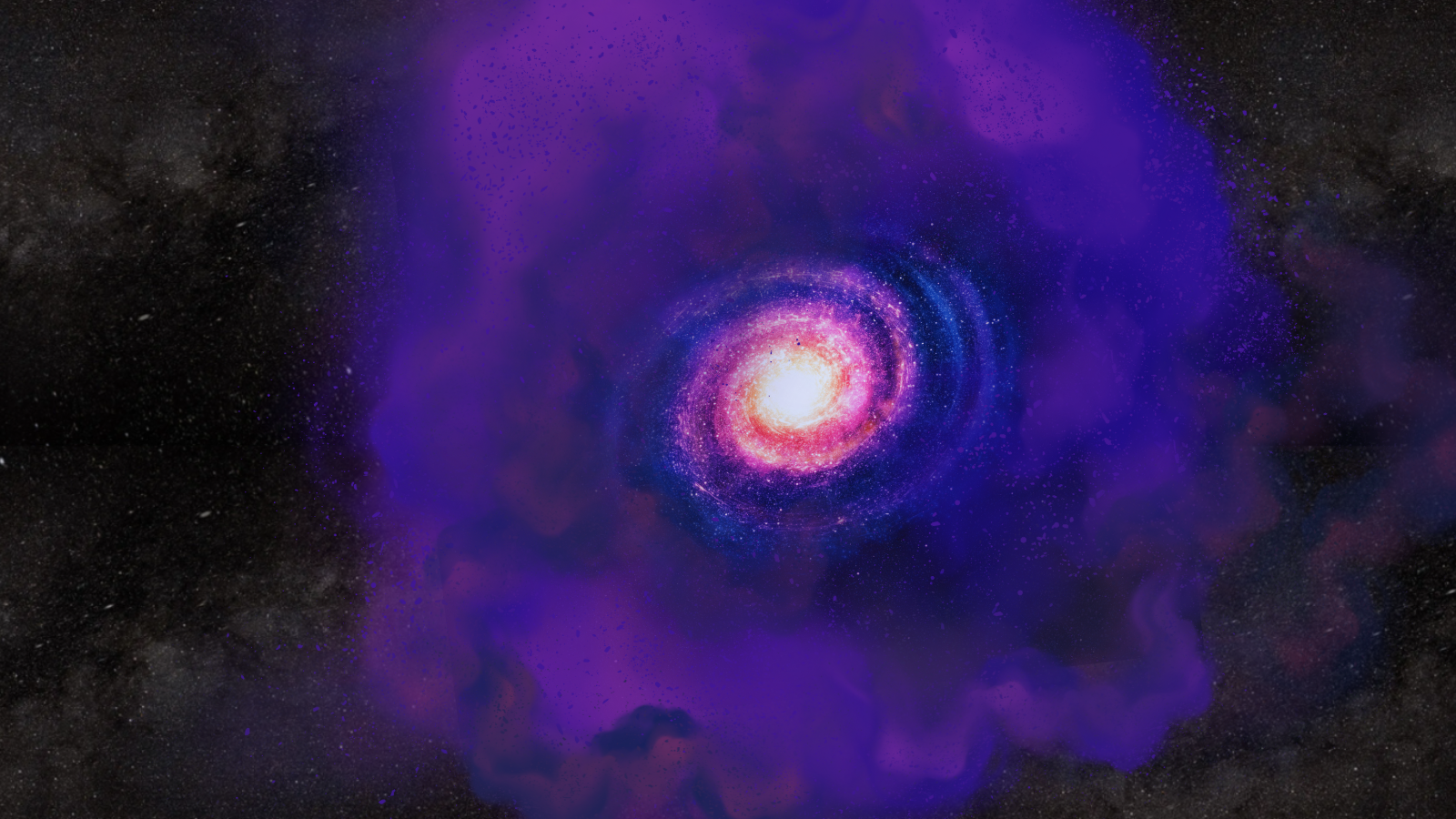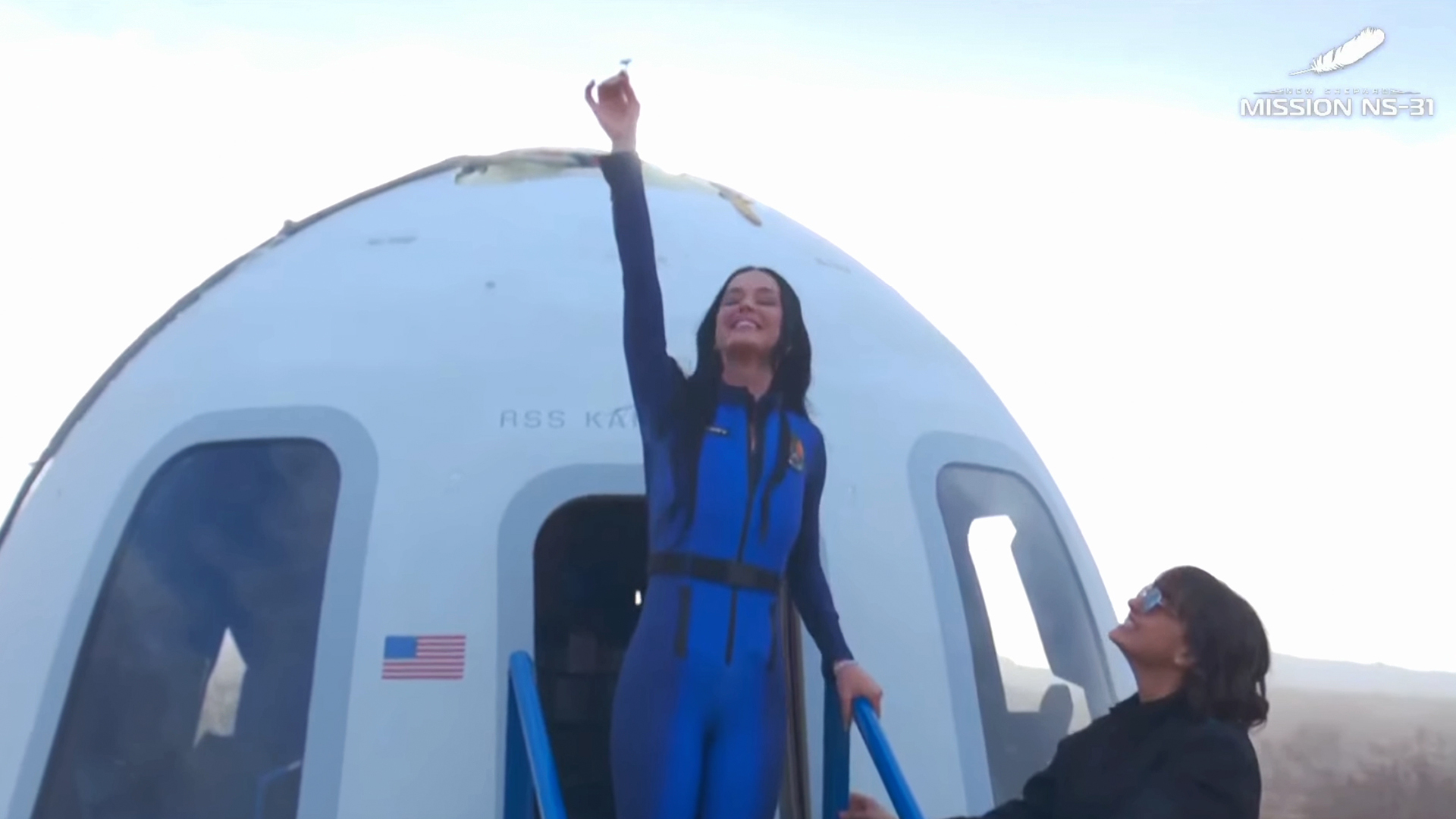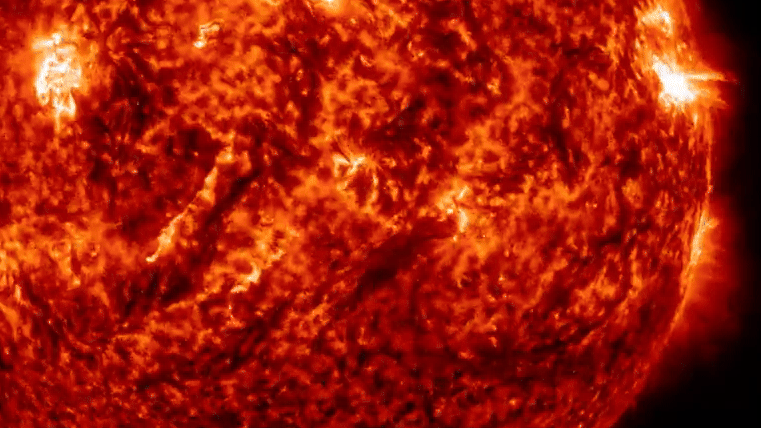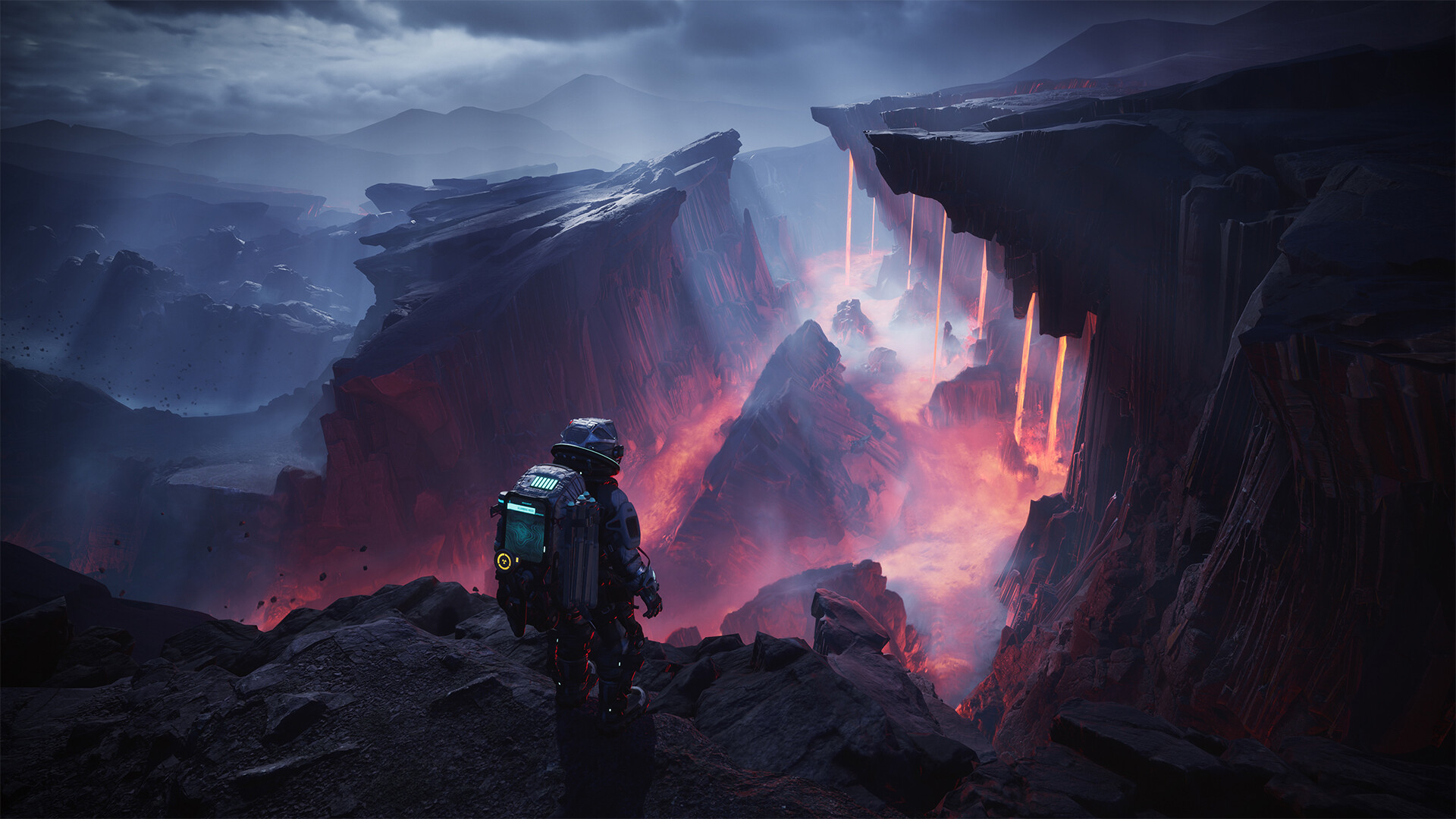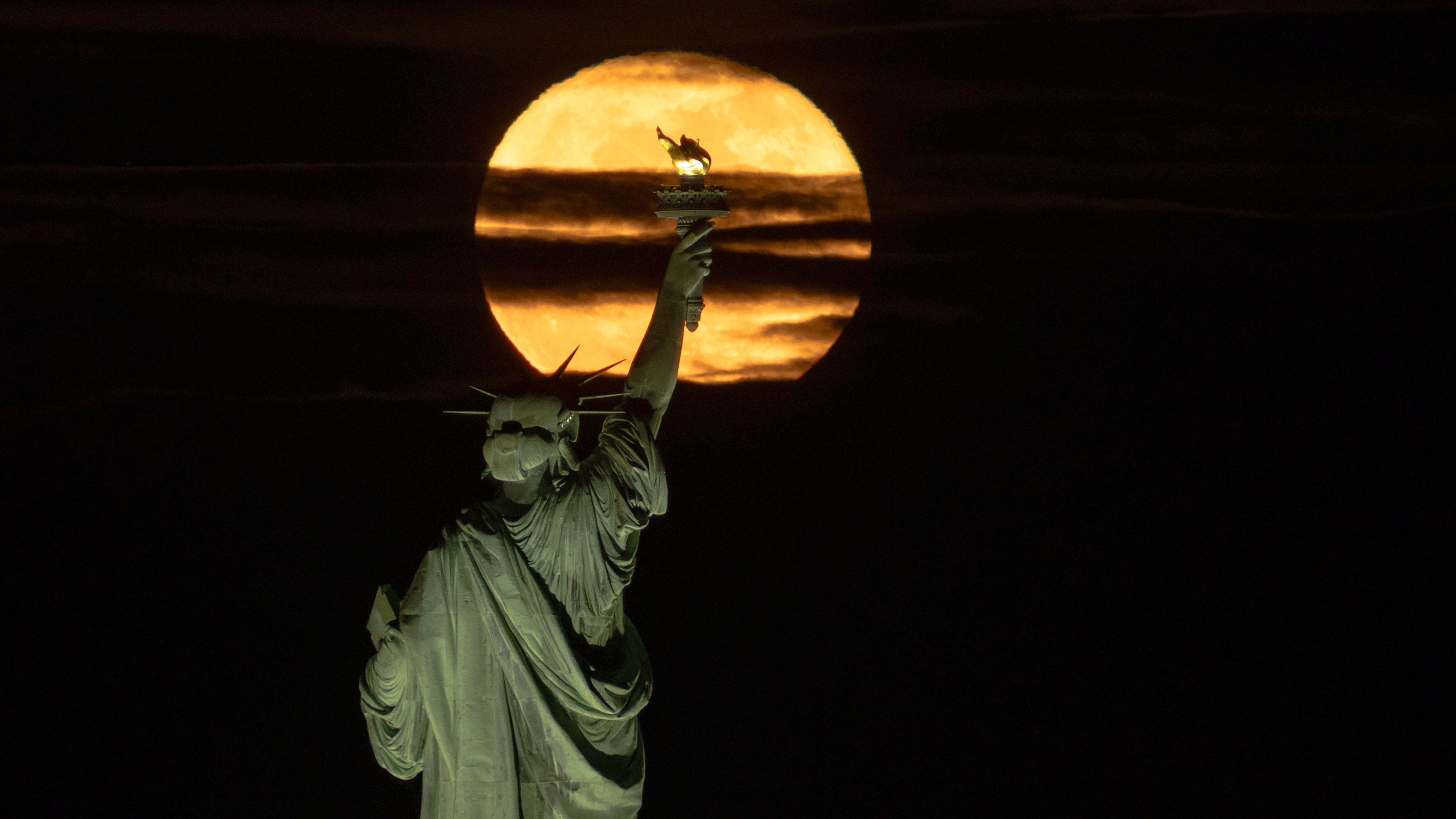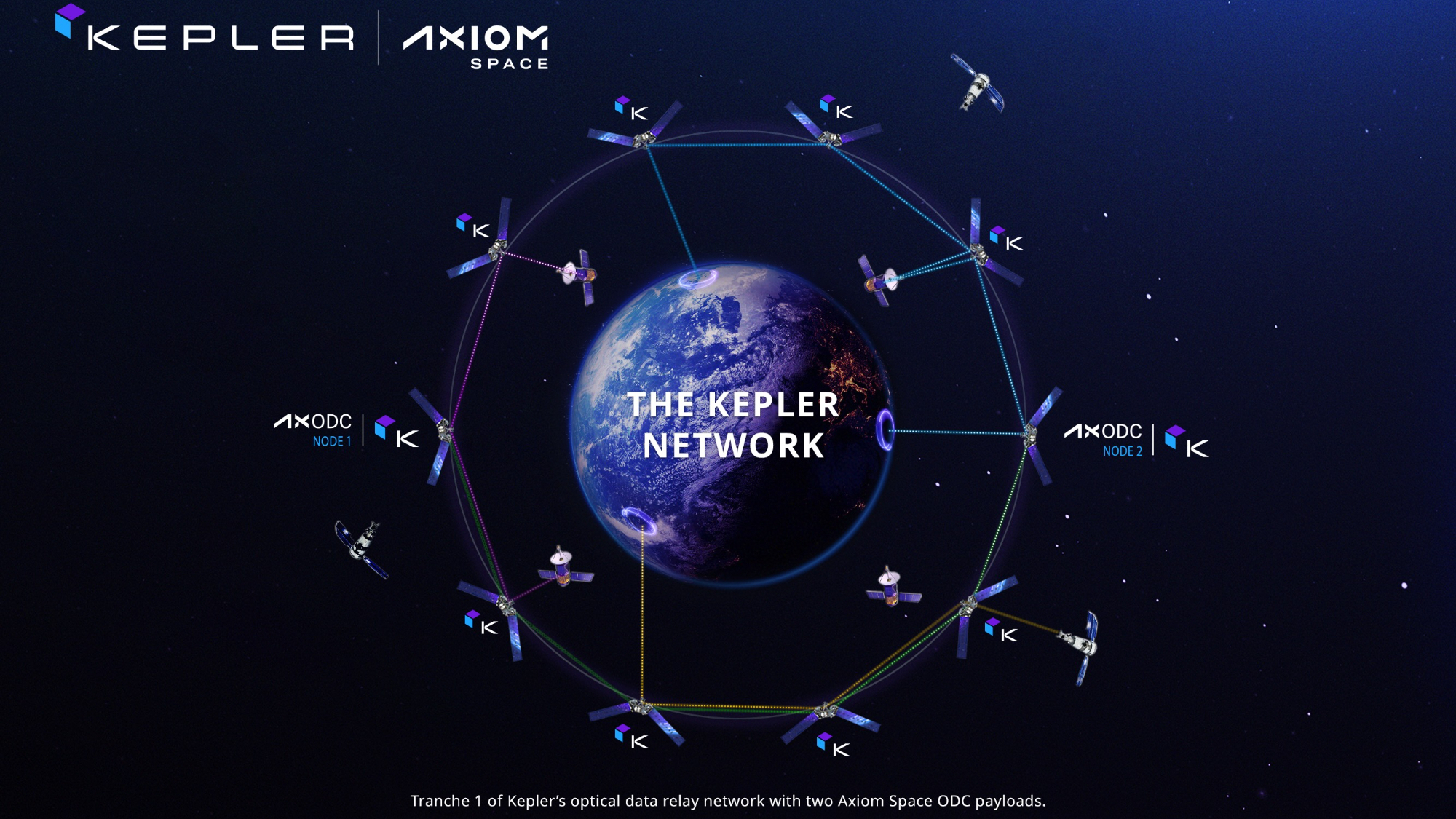Valentine's Day Aurora Alert: Geomagnetic storm could bring northern lights as far south as Michigan and Maine tonight and tomorrow
Strong solar winds could supercharge the northern lights just in time for Valentine's Day.
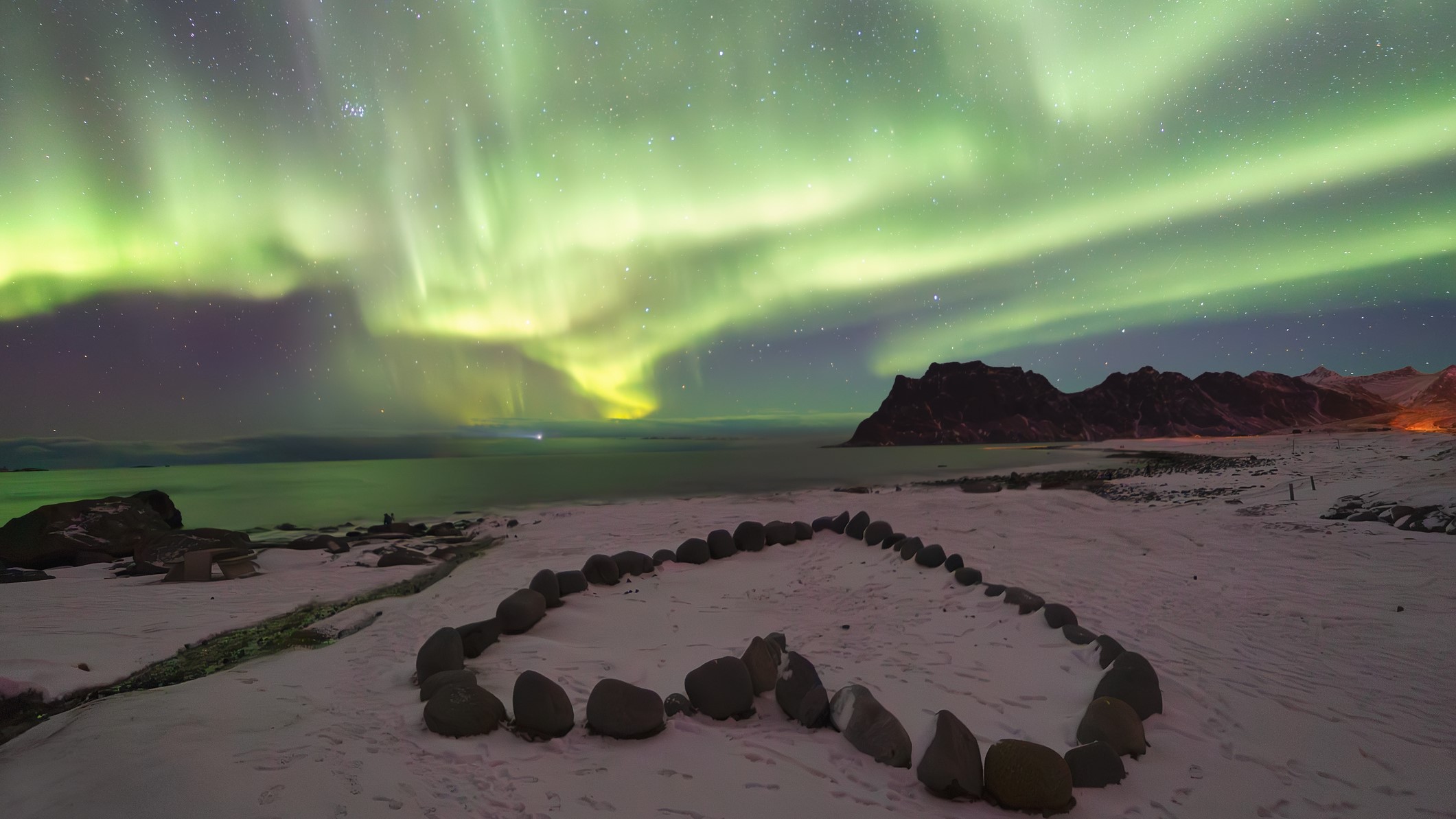
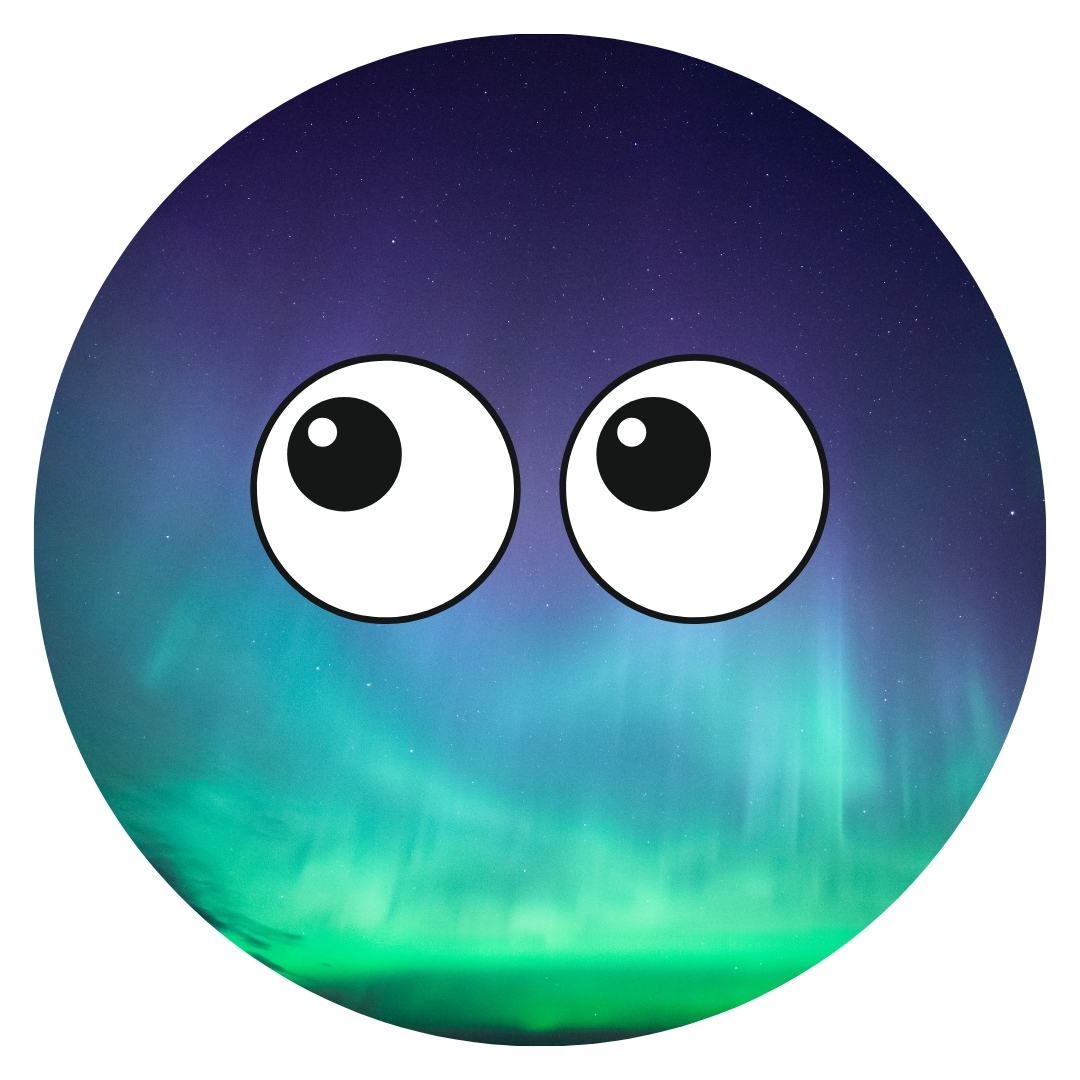
Keep up to date with northern lights forecasts, alerts and geomagnetic storm warnings with our aurora forecast live blog.
A fresh blast of solar wind is set to enhance aurora activity just in time for Valentine's Day.
If conditions are right, the northern lights could be visible as far south as northern Michigan and Maine over the coming days.
The National Oceanic and Atmospheric Administration (NOAA) has predicted G1 (minor) geomagnetic storm conditions on the evening of Thursday (Feb. 13) and high activity throughout Friday (Feb. 14), as a fast-moving solar wind stream heads for Earth. According to Spaceweather.com first contact with the solar wind stream is expected on Feb. 14, just in time for Valentine's Day.
What's driving the active aurora conditions?
This upcoming geomagnetic storm is driven by a high-speed solar wind stream flowing from a coronal hole — a vast region in the sun's atmosphere where solar wind escapes more easily. Solar wind speeds have appeared elevated throughout the week, ranging from 311 to 373 miles per second (500 to 600 kilometers per second), and in fact already sparked G1 storm conditions on Feb. 9. Another wave of speedy solar wind is expected to arrive between Feb. 12 and Feb. 13, which is what could set the stage for G1 storm conditions on Feb. 14.
When the solar wind reaches Earth's magnetic field, it brings a stream of charged particles that interact with our atmosphere. These interactions energize atmospheric gases, causing them to glow and produce the mesmerizing northern lights (aurora borealis) in the Northern Hemisphere. Faster, denser solar wind can further enhance these displays, intensifying their brightness and activity. The stronger the geomagnetic storm, the farther south the auroras can be seen.
Where and when to see the northern lights this week
The best chances for aurora sightings will be at high latitudes, including Canada, Alaska and parts of the northern U.S. If geomagnetic activity is strong enough, skywatchers in northern Michigan and Maine may get a special Valentine's Day light show. The best viewing conditions require clear, dark skies away from city lights.
Space weather is unpredictable, so keeping an eye on real-time forecasts is essential. One app I use is "My Aurora Forecast & Alerts," available for both iOS and Android. However, any similar app should work well. I also use the "Space Weather Live" app, which is available on iOS and Android, to get a deeper understanding of whether current space weather conditions are favorable for aurora sightings.
Get the Space.com Newsletter
Breaking space news, the latest updates on rocket launches, skywatching events and more!
While there's no guarantee, this geomagnetic storm could make for an unforgettable Valentine's Day under the dancing auroras. Keep your eyes on the sky!
Join our Space Forums to keep talking space on the latest missions, night sky and more! And if you have a news tip, correction or comment, let us know at: community@space.com.

Daisy Dobrijevic joined Space.com in February 2022 having previously worked for our sister publication All About Space magazine as a staff writer. Before joining us, Daisy completed an editorial internship with the BBC Sky at Night Magazine and worked at the National Space Centre in Leicester, U.K., where she enjoyed communicating space science to the public. In 2021, Daisy completed a PhD in plant physiology and also holds a Master's in Environmental Science, she is currently based in Nottingham, U.K. Daisy is passionate about all things space, with a penchant for solar activity and space weather. She has a strong interest in astrotourism and loves nothing more than a good northern lights chase!



